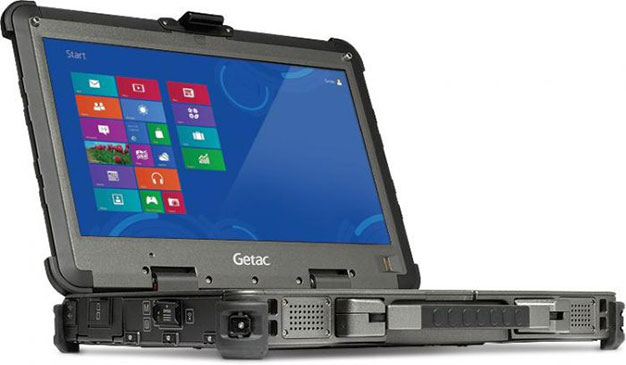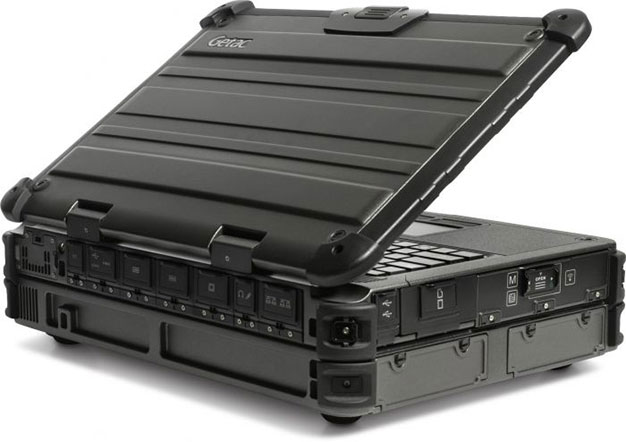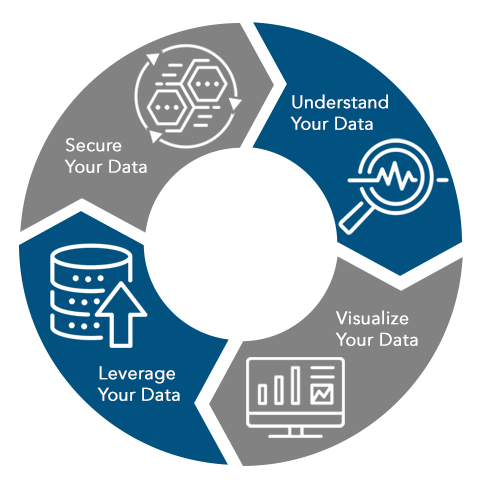PUBLIC SAFETY
Your data: the key to safety and revenueALPR is a key technology
Whether it’s identifying illegal parkers, arresting offenders or keeping children safe, technologies like video have become a big part of assessing threats and delivering better outcomes.

As a police cruiser drives along, its automatic license plate recognition technology (ALPR) cameras automatically record over 99% of plates encountered, identifying vehicles of interest against hotlists in real time: stolen vehicles, amber alerts, warrants, suspended drivers, unpaid fines and more.
As alerts feed into the patroller’s onboard computer, five drivers are stopped for unpaid fines; a suspended driver and a violent offender are taken off the streets. Later that week, the machine learning-enabled ALPR system flags a plate in its video database, recorded by a patrol car just four days earlier—complete with contextual photos of the vehicle, timestamp and GPS location.
This is an everyday reality for police forces that use the latest ALPR. It’s an incredible tool for doing more with the same personnel—and ultimately a better job of keeping the public safe while also recouping lost revenue. But it’s not all about license plates.
High-tech video is essential to public safety
High-tech video has enabled us to go far beyond post-incident analysis. Machine learning and artificial intelligence can transform what 360-degree cameras are seeing into intelligence used for threat assessment, better real-time decision making and preemptive action. Video-derived data has quickly emerged as a key driver of public safety.
One example is ALPR used for parking enforcement. When we integrate a university’s parking permitting system with ALPR, fixed and patrol car-mounted cameras are able to keep track of the permit status and location of every vehicle on campus. Not only does that help tremendously with revenue control, but it also enables the university’s police force to more quickly identify vehicles of interest, as well as to keep people safe by running all vehicle plates on campus against up-to-date hotlists from law enforcement throughout the greater metropolitan area.
Use technology to reach your goals
Video is just one of many winners in the quest for better public safety and greater efficiency. But it’s not about choosing this technology or that technology. It’s about the data that those technologies deliver, and what you’re going to do with it. Start by asking “How do I use the data I capture to improve public safety, to create more revenue streams, or to collect what I have trouble collecting?”
A report on technology and policing strategy commissioned for the U.S. Department of Justice shows that technology adoption by law enforcement is often ad hoc. It found that “the tendency to purchase technology without a clear, strategic plan can result in limited integration within the agency and a failure to recognize the primary or secondary benefits of the technology”.1
Many agencies are countering this trend by creating Strategic Decision Support Centers (SDSCs) that allow them to tap into multiple data sources—gathering, analyzing, and combining information for a more complete situational snapshot. This leads to better, faster decisions and increased responsiveness to the needs of the community.
Astute use of data not only helps public safety agencies to optimize response times, but also to protect first responders of all kinds in the field. Having access to a variety of data sources allows agencies to better monitor situations as they develop, as well as to measure the effectiveness of new initiatives and interventions.
Data should be your greatest public safety advantage
Many of our security-focused clients are unaware of the data goldmine they are sitting on. We might start off talking about one technology, then realize the opportunity they have with another, based on their goals and their current technology situation.
“Many of our security-focused clients are unaware of the data goldmine they are sitting on.”
Going from data to actions that increase safety and revenue sometimes requires a custom solution. We work with our customers to discover what needs doing. We scope the project and combine our technologies within a custom solution built to fulfill specific goals. The sophisticated custom software engineering capabilities that Route1 provides have become very important to customers like the California Highway Patrol.
Keeping data secure

Route1 builds technology solutions with security as a first principle. That’s where our organization began and where it continues to excel: we invented data security and user authentication technologies that landed us patents in Canada and the U.S. and technology accreditations (ATOs) with the U.S. Department of Defense. From remote user authentication to a secure remote access solution that delivers their trusted desktop to personnel wherever they are, we help agencies of all kinds deliver military-grade data security.


Vulnerability-free rugged technology
‘Security first’ is also the approach we take when supplying agencies with the rugged laptops, tablets and other hard goods that they need, whether in a cruiser or on a field of battle. One concern with technology is its safety from a cybersecurity perspective—not just the mechanisms of securing data, but the security of the devices themselves—as the recent debate over Huawei 5G networks illustrates.
A report by the Inspector General of the U.S. Department of Defense found that in 2018, Army and Air Force Government Purchase Card (GPC) holders bought at least $32.8 million of commercial off-the-shelf information technology items with known cybersecurity vulnerabilities.2
Route1 is keenly aware of such vulnerabilities and provides military-grade rugged technology for business, security agencies, government and our armed forces that is vulnerability-free. Our services can include pre-deployment planning, deployment project management and installation, and post-deployment maintenance—a full-service solution. We can also combine this with a tailor-made, device-based analytics program in order to bring further efficiencies to operations.

1Research on the Impact of Technology on Policing Strategy in the 21st Century prepared for the National Institute of Justice, May 2016
2Audit of the DoD’s Management of the Cybersecurity Risks for Government Purchase Card Purchases of Commercial Off-the-Shelf Items – Report No. DODIG-2019-106, July 2019